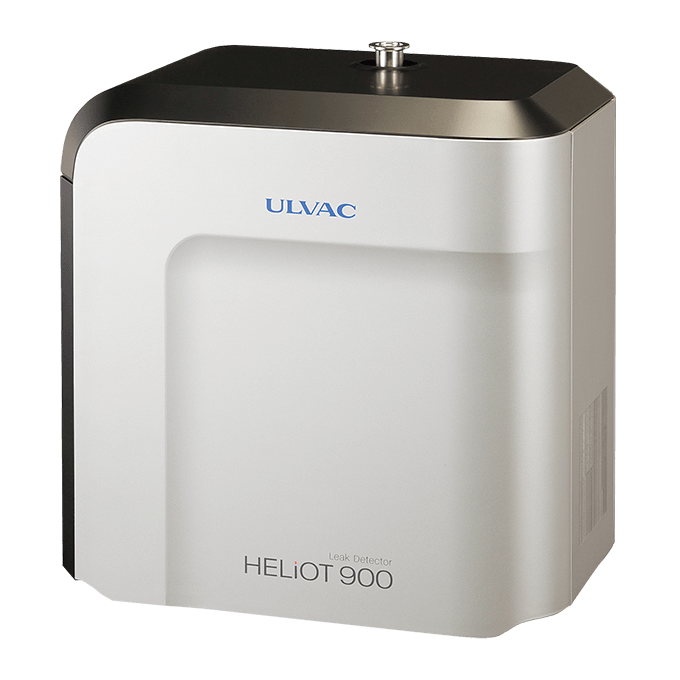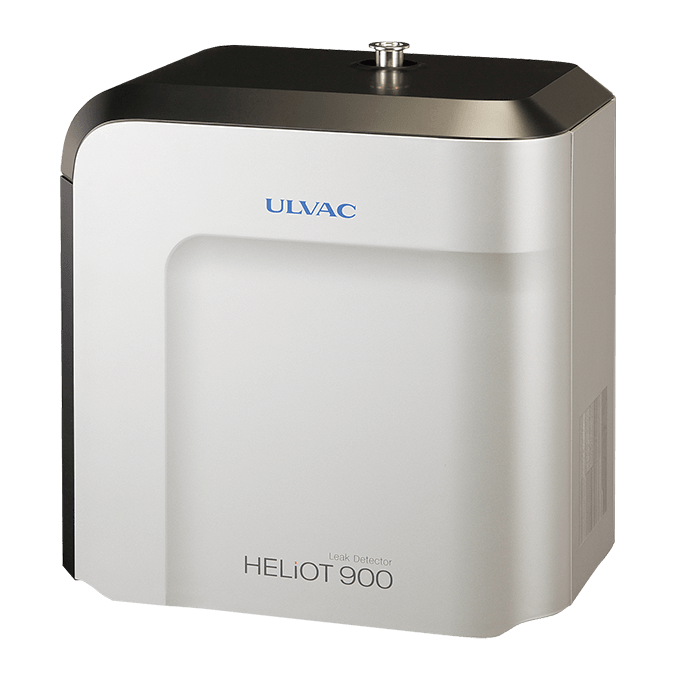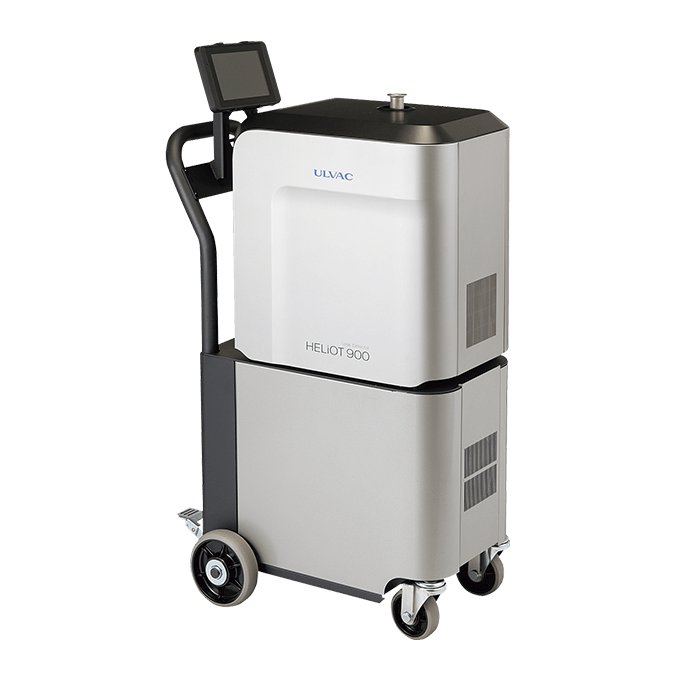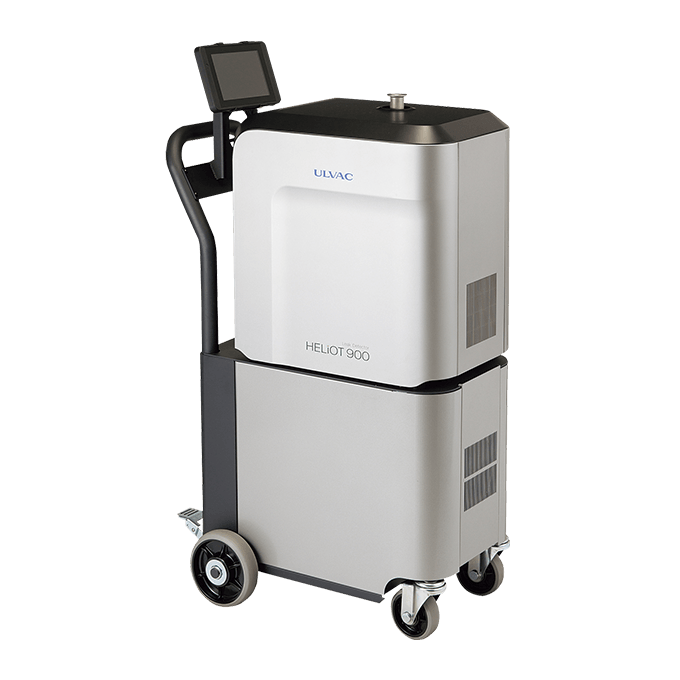The helium leak detector is an inspection device used to identify the amount and location of leakage during the leak inspection that uses helium gas (from now on, referred to as "helium leak test").
The helium leak test is the most sensitive of all leak tests and can accurately detect even very small leaks in a short time. Therefore, it is used in all fields that require leak tests, including parts for various piping structures, electronic devices, air conditioners, refrigerators, production lines of automobiles, food and medicine packaging, and medical equipment.
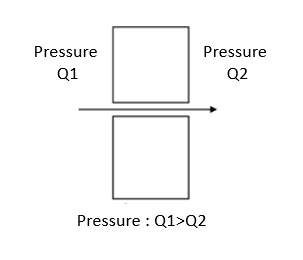
■ Definition of leakage
The phenomenon of gas moving through holes in a wall
■ Unit of leakage
Pa・m3/sec (Pascal cubic meter per second)
- The volume of gas transferred per unit time [sec] (Absolute pressure [Pa] × Volume [m3])
- Since it is a very small value, it is expressed as an exponent of 2 ~ 3 significant digits in general. (*.**E-*Pa・m3/sec)
- The calculation symbol is Q.
Conversion to other flow rate units.
| Pa・m3/sec | mbar・l/sec | Torr・l/sec | atm・cc/sec | lusec | sccm | slm | Mol/sec |
|---|---|---|---|---|---|---|---|
| 1 | 10 | 7.5 | 9.87 | 7500 | 592 | 0.592 | 0.000441 |
・Torr and atm are not SI units and cannot be used in Japan.
・For example, in the case of 2.5 E -8 Pa · m3/sec, verbally it is shortened as "2.5 raised to the power of 8" in many cases.
■ Leakage Inspection Level by Industry (Guideline)
| Q [Pa・m3/sec] | E-3 〜 E-5 | E-5 〜 E-7 | E-9 〜 E-10 | E-11 〜 E-12 |
|---|---|---|---|---|
| Test Object | Water pipes Gas pipes |
Air conditioners Heat exchangers Compressors Automobile components |
Vacuum components | Nuclear power Space-related |
